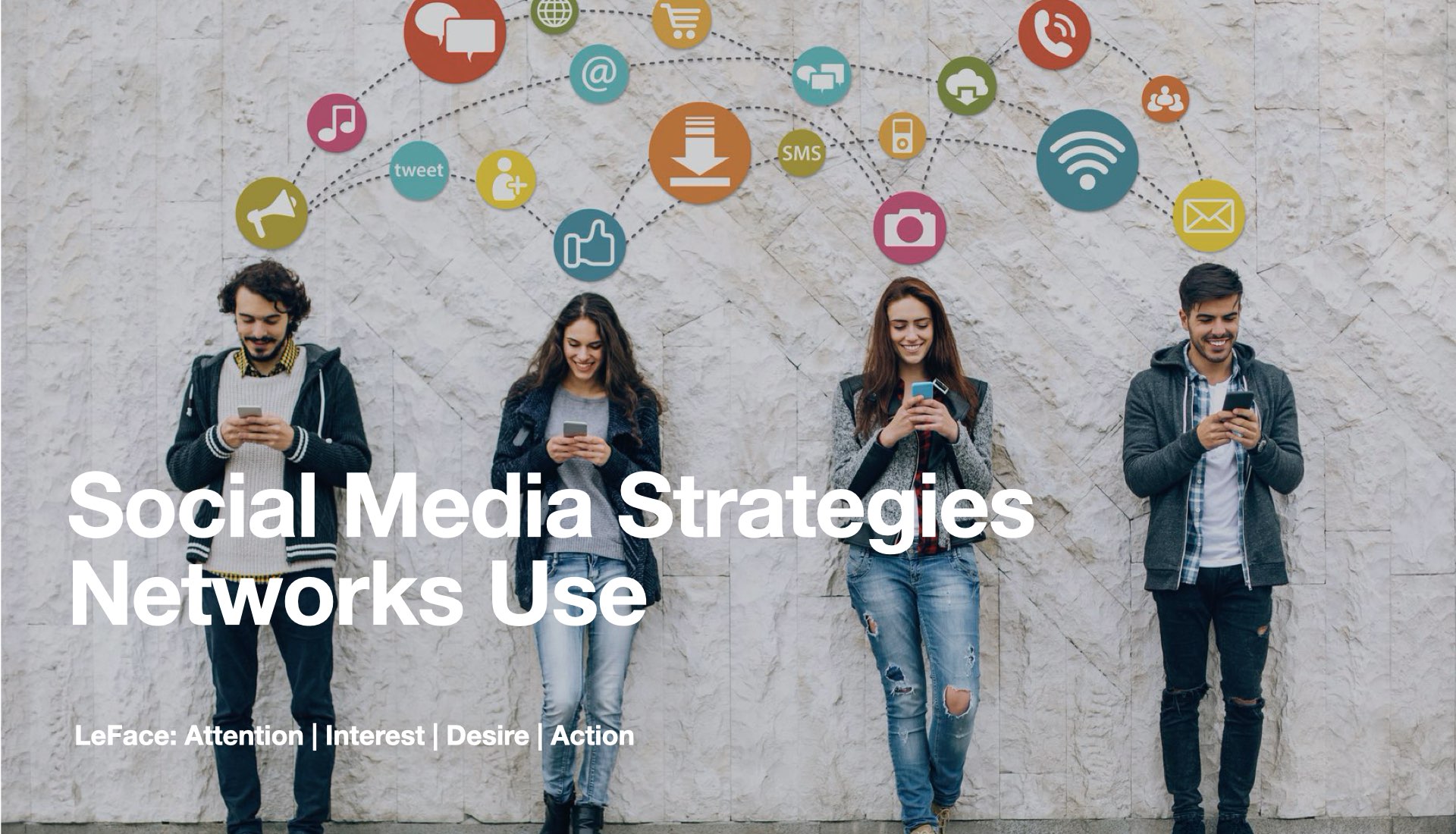
Decade of the Young-Old – Yold
Boomers will not retire quietly into the background.
In 2018, Emile Ratelband (69) went to court to make himself 20 years younger. He said his age was stopping him getting dates online, because women did not realize that he had the body of a 40-something. He wasn’t getting enough work, he argued, because of age prejudice. He told the court he wanted to become 49, which better reflected his emotional state.
The judges rejected his plea, ruling that to change his birth certificate would wreak havoc with legal rights. But this seemingly narcissistic case illustrates something important: we need to drastically update our view of what it means to be ‘old’.
Enter the “YOLD”
This new stage of life is called Young-Old or Yold, people aged between 65 and 75 by the Japanese, who are the world’s longest-living society.
The Yold are more numerous, healthier and wealthier than previous generations of seniors. In 2020 there will be 134M 65-to-74-year-olds in rich countries (11% of the population), up from 99M (8%) in 2000. That is the fastest rate of growth of any large age group. Health worsens with age, but the Yold are resisting the decline better than most: of the 3.7 years of increased life expectancy in rich countries between 2000 and 2015, says the World Health Organisation, 3.2 years were enjoyed in good health. The Yold are also better off: between 1989 and 2013, the median wealth of families headed by someone over 62 in America rose by 40% to $210,000, while the wealth of all other age groups declined.
Brands marketing to a senior demographic have traditionally put most of their time and money into offline media. There is a long-standing belief that people over 50 are either not on the internet at all or are only going onto sites such WebMD.com. The fact of the matter is that seniors control 70% of America’s disposable income and they are far more web savvy than most people believe. Recent Studies show that in 2018, 70% of the 50-65 age bracket use the internet, while 38% of those over 65 years old go online. Of the “wired” seniors:
- 94% use the internet for e-mail
- 77% shop online
- 71% are looking for health information
- 70% use the Internet to read news
The rate of senior’s adopting social media is steadily increasing. For the first time, more than half of all online adults 65 and older (56%) use social media, Facebook in particular, according to Pew Research Center’s Social Media Update. This represents 31% of all seniors in the US. While these numbers may pale in comparison with the 18-29 (86%) and 30-49 (61%) groups, it should be noted that as of November 2008 only 16% of the 50-64-year-old group and 4% of the 65+ group were using Facebook.
In short, the yold are not just any group of old people. They are challenging the traditional expectations of the retired as people who wear slippers and look after the grandchildren. That will disrupt consumer, service and financial markets.
Marketing to the “YOLD” generation
Don’t worry. We’ve done the research.
The yold (a.k.a. Boomers, Me Generation, Baboo, Love Generation, Woodstock Generation, and Sandwich Generation) were born during the dramatic increase of births between the end of WWII and 1964. They were indulged youth during an era of community spirited progress. The yold value individualization, self-expression, optimism, and “Be Here Now.” In terms of their characteristics, lifestyles, and attitudes, yold have defined themselves by their careers and many are workaholics.
While some have retired, many plan to continue working and expand into “active retirement” by re-engineering life. Yold have increased discretionary income and time. Family responsibilities are important to yolds.
Health is a major concern for this generation. While the group may be aging, they do not want to be reminded of that fact, that is, they are focused on anti-aging and breaking the mold of what 50 looks like.
In accordance, brands should not use these seven words for Boomers: senior citizen, retiree, aging, Golden Years, Silver Years, mature, and prime time of life.
Looking for the fountain of youth and slowing down weight gain are increasingly important, as are natural and organic foods. They like things that are relevant to them and appropriate to their life stage, not age. For example, family values are very important to this generation.
Many are becoming Empty Nesters in that children are leaving home, marrying, and having grandchildren. As the Sandwich Generation, many are caregivers of their aging parents and children.
Important products and services are plastic surgery, botox, baldness treatments, Viagra, health clubs and spas, cosmetics (male and female), hair coloring, and health foods.
For example, Progresso has launched a new high-fiber soup line. Another health-related product area revolves around hearing loss due to natural aging and loud music.
They are very attracted to new products and technologies that will make their lives easier, save them time, and will not rip them off. Young-old are a good market for travel, adventure vacations, expensive restaurant meals, second homes, recreational vehicles, maintenance-free homes, personal chefs, personal trainers, motorcycles, and financial advisors.
Another interesting product area for the young-old is retro marketing and the marketing of music-based tourism and a musician’s hometown roots . Also, as young-old retire, they seem to be moving from larger cities to smaller towns for lower costs of living, less stress, and more living.
In terms of communicating to the young-old, they like the convenience and customization of the Internet, especially for health information, online job sites, and joining social networking sites. Given that Internet usage by Boomers is over 70%, use the Internet as a communication vehicle. For example, AOL is testing a social site dedicated to the 50+ audience goodlife.aol.comand AARP. TV has online content for grownups.
In Conclusion
When marketing to the Yold generation, there are set considerations that must be followed in order to attract this niche. Simply put, if you are not already marketing to yolds, then you then you need to stop ignoring this powerful generation. Especially with content that has purpose.




